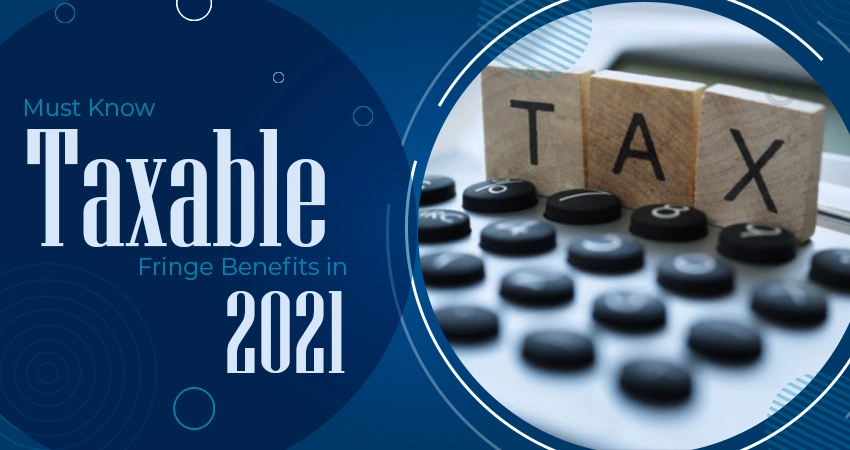Are Fringe Benefits Taxable- What To Know?

If you love your job, at least part of the reason for your happiness at work might have something to do with fringe benefits you receive.
According to the IRS, the fringe benefits as pay that an employer gives an employee for performing services. Fringe benefits are usually taxable unless the law particularly excludes the benefit from taxability.
As per recent numbers from the Bureau of Labor Statistics, employee benefits account for about 32% of the total cost of compensating employees.
Benefits may include everything from paid leave, retirement savings to flexible work arrangements, and more. The trick here is understanding whether there are taxable fringe benefits.
Are Fringe Benefits At All Taxable?
What Is De Minimis?
You may be familiar with several benefits included in the above list. But unless you deal with human resources and employee benefits as part of the job, the term de minimis benefits may not be familiar.
The IRS defines de minimis taxable fringe benefits as any property you provide to an employee that has little value that accounting for it would be unreasonable or administratively impractical.
How Are Fringe Benefits Taxed?
If the employer provides taxable fringe benefits, the value of those benefits must be determined before January 31 of the following year. This would let the employer withhold and deposit payroll taxes.
The value of those benefits is determined using the general valuation rule, which is basically the fair market value of the fringe benefit. For many fringe benefits, this is really easy.
Your employer can even add the value of your fringe benefits to your regular wages and apply an ordinary withholding rate to the total, or they can withhold federal income tax at a rate of 25%.
How Does W-2 And W-4 Differ?
The W-4 is a form that employees need to fill out and employers use to help determine federal tax withholdings all through the year. It’s information that’s necessary prior to or during that tax year. The W-2 form is the one that employers send to employees who made $600 during the year or for whom they withheld income.
How Did Tax Reform Impact Fringe Benefits?
The Tax Cuts and Jobs Act eliminated the tax breaks for few taxable fringe benefits. As of January 1, 2018, your employer should treat some fringe benefits as taxable income, that used to be tax-free. It includes:
Moving expenses– The TCJA eliminated the provision for tax-free reimbursements of moving expenses unless the employee is a member of the US armed forces and inactive duty.
Employee achievement award– Before Jan 1, 2018, an employer could recognize employees by providing tax-free achievement awards in terms of cash, gift certificates, and more. These must be included in the employee’s taxable income.
Finally, from an employee’s perspective, handling fringe benefits should be simple. Your employer is responsible for figuring out which fringe benefits to include in taxable income, how much tax to withhold on the amount, and what needs to go in your W-2 bill.
Contact Us Today:
Locations:





